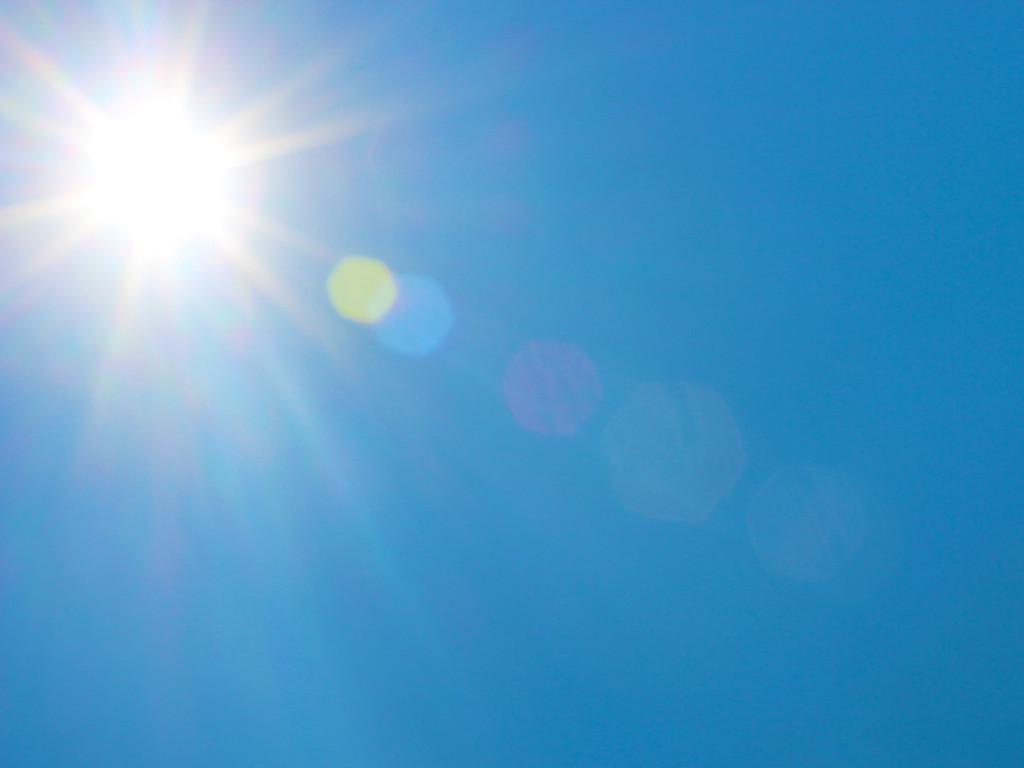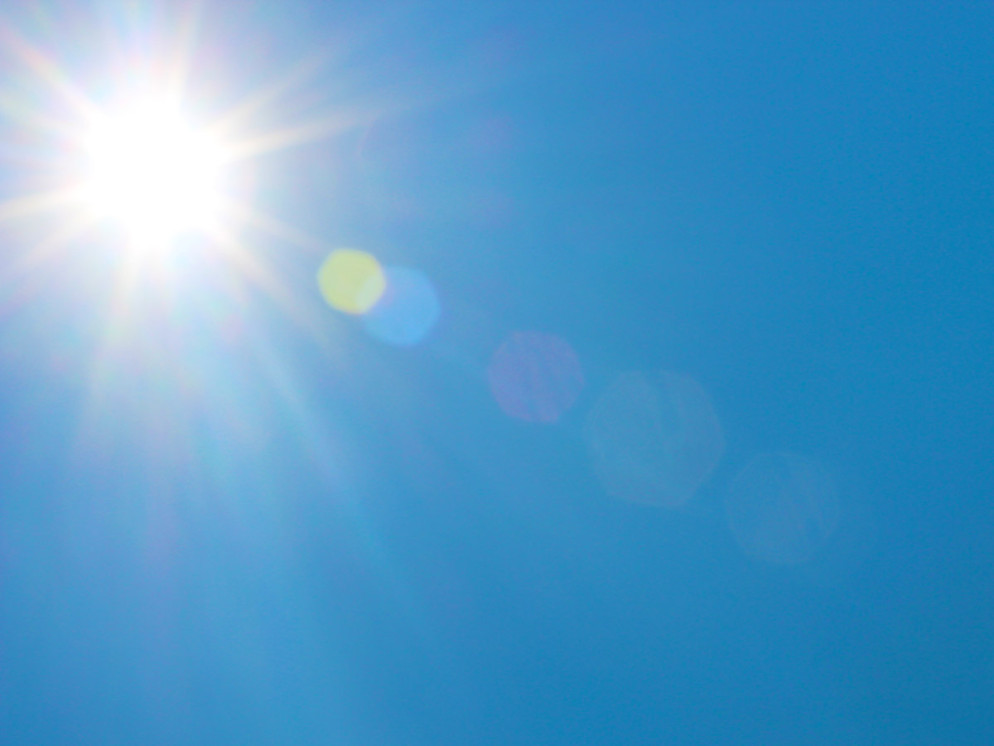 Arizona’s 100+ degree Summer temperatures can put a definite crimp on hiking. Follow these tips to enjoy getting out there, even in the hot months.
Arizona’s 100+ degree Summer temperatures can put a definite crimp on hiking. Follow these tips to enjoy getting out there, even in the hot months.
Head Out Hyper Early
To get in a good hike, aim to be AT the trailhead at sun up (or shortly thereafter). Those highly precious, pre-swelter, early morning hours (between 5:30 and 8:00) are summer hiking prime time. As an added bonus, AZ sunrises are spectacular. Plus there are fewer hikers crowding the trails at this time. If at all possible, avoid hiking during the hottest time of day (from 10:00am to 4:00pm).
Head North and Hit the Mountains
This may be a bit obvious, but Prescott’s temperatures are typically 10 degrees cooler than those in Phoenix or Tucson. Payson and Show Low’s are usually 20 degrees less. And, of course, Flagstaff rules with temperatures averaging 25 degrees cooler than the Valley. As a rule of thumb, as elevation increases, temperatures decrease.
Hide from the Sun
Plan to hike on shaded trails, and trails adjacent to streams or creeks. Natural water sources typically remain much cooler than the summer air, and create a welcome chill factor. Swimsuits are optional.
Hydrate
Being hydrated is key to having a great summer hike. When temperatures exceed 90 degrees, your body can loose from 12-24 ounces of moisture per hour hiking. Pre-hydrate by downing a tall glass of water before heading out. Then bring plenty of sports drinks (such as PowerAde or Gatorade) with you – preferably over ice, in an insulated CamelBak or bladder system. The electrolytes in sports drinks help replenish the salts and vitamins that your body looses in the heat. While insulated drinks keep cooler and, by default, keep you cooler. If you plan to hike for more than three hours pack salty snacks like pretzels or salted nuts and consider taking a salt tablet.
Hold up a Bit
Hiking a little slower than usual helps to keep your heart rate lower and thus your body temperature too. Try to hike at a pace that doesn’t require panting. If you feel yourself overheating, take a breather to help bring your body temperature down.
Have a Hat and Wet it
Bring a soft hat, scarf, wristbands or polymer cooling bead filled neck-scarf, and wet them in that chilly stream you’re hiking next to (see above). Their moisture will help keep you cool. You can also go for a swim in that same stream (with your hat and scarf on) to wet them too.
Heap on the Sunblock
It’s no fun getting sunburned on the trail. Plus the extra blood flow to injured skin causes its temperature to rise – elevating your body temperature as well. Before you hit the trail apply a moisture resistant SPF 50 sunblock. Then bring a small tube with you on the hike and reapply every hour.
Head the Heat Advisories
100 degree, and higher, temperatures should be taken seriously. This is the best way to have great experiences outdoors and avoid heatstroke.
Hit the Gym
All right, this is a cheat, but if temperatures and timing make it impossible to get outdoors during the summer, hiking up the dreaded Stepmaster is a second alternative.
Signs of Heatstroke
If you experience the following symptoms you may have Heatstroke, and should try to cool down:
Rapid Pulse
High Body Temperature
Exhaustion
Dilated Pupils
Dizziness
Confusion
Nausea
Headache






Leave a Reply